Hotels in Punta Gorda, Belize |
Hotels in:
Reefs & Cayes
|

While the rugged terrain of Toledo provides a challenge for the adventurous, it is the people of Toledo which softens natures rough edges. At least five distinct ethnic groups have settled in Southern Belize. While the town of Punta Gorda consists of many cultures, 64% of the population in the Toledo District is made up of the Mopan and Kekchi Mayas living in over 30 different villages. Come experience a touch of their rich heritage. English is spoken as their second language, and visitors can communicate clearly with the people for a genuine cultural exchange. 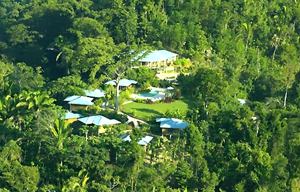
The earliest known inhabitants of southern Belize were the ancient Maya. Great Maya cities and ceremonial centers grew and flourished throughout the region. Uxbenka ("The Old Place"), is one of the oldest settlements known, perched on a hill outside of Santa Cruz village. Nim Li Punit ("Big Hat"), wasn't discovered till the 1970's and is known for its variety and number of stele. And Lubaantun ("Place of the Fallen Stones") is thought to have been the regional capital, acting as the religious, administrative, political and commercial center of the region. 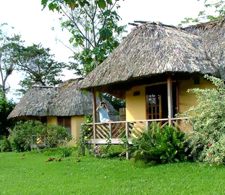
Eventually, these great cities disappeared beneath the dense jungle canopy. The reason for the collapse of the Maya Civilization is hidden in the mists of time. But, we do know that the architects of Maya cities of Southern Belize where a group of people called the Manche Chol Maya. Throughout the 16th and 17th centuries, the Chol remained unconquered, resisting successfully attempts by the Spanish to rule and tax them, though many were converted to Catholicism. Eventually, white man diseases such as smallpox decimated the Indian population and during the 18th and 19th centuries, the entire population of Chols was transported to the highlands of Guatemala by the British. 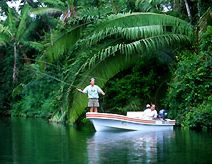
After this forced movement of people out of southern Belize, Toledo was mostly unpopulated till the mid 1800's when the Garifuna settlements of Punta Gorda, Punta Negra and Barranco were founded. The Garifuna are the result of a cultural and racial fusion of Carib Indians and African Blacks which occurred on the Lesser Antillean island of St. Vincent in the 16th century. The Garifuna have remained along the coastal communities of Southern Belize. Meanwhile, in 1868, Confederate soldiers seeking asylum at the end of the American Civil War settled in a spot called "Cattle Landing" just north of present day Punta Gorda. Sugar quickly became the dominant crop and by 1870, no less than 12 distinct sugar mills were in full operation in the region. Within a few years, sugar prices fell and combined with a labor shortage, the sugar industry collapsed by the turn of the century. 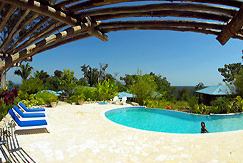
In the late 19th and early 20th centuries, two distinct groups of Maya Indians, Mopan and Kekchi, began migrating into Southern Belize from Guatemala, fleeing from among other things heavy taxation. The Mopan Maya settled the uplands of Toledo around the present day village of San Antonio. The Kekchi Maya spread out into the isolated lowlands and along the many rivers of Toledo. Today, the Maya comprise the largest percentage of the population in Toledo and have remained the most traditional and culturally distinct. The Mopan and Kekchi Maya have together formed over thirty communities throughout Toledo. The other ethnic groups - Garifuna, Kriol, East indians and Chinese - live together in Punta Gorda and few other small communities along the coastline. 
|
 Tropical Travel Association
|

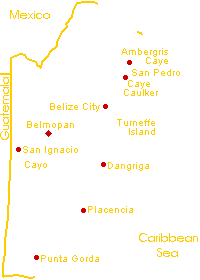
and Guatemala!
Tikal, Flores & the Peten
...explore Tikal and the Mayan homeland.
Antigua, Guatemala
...Central America's most magnificent city.
Lake Atitlan
...the most beautiful lake in the world!.
Monterrico
...Guatemala's best beach.
Guatemala City
...where business is done.
Buses and vans
...getting there is half the fun!
Tropical Travel Association
...unique destinations for independent travelers.











